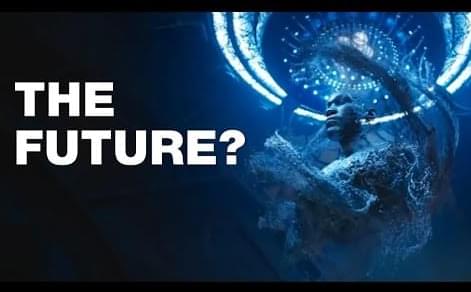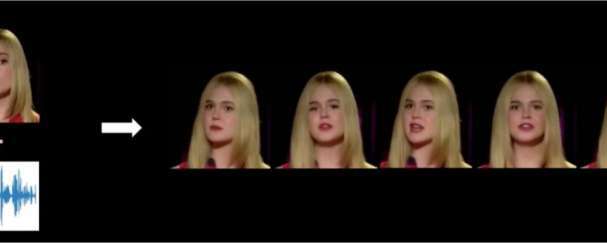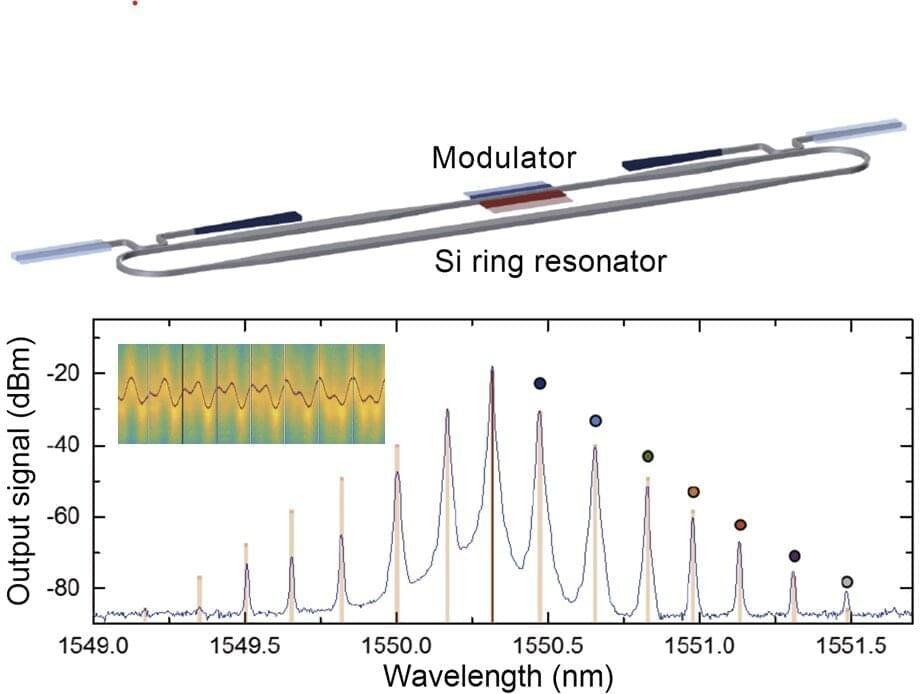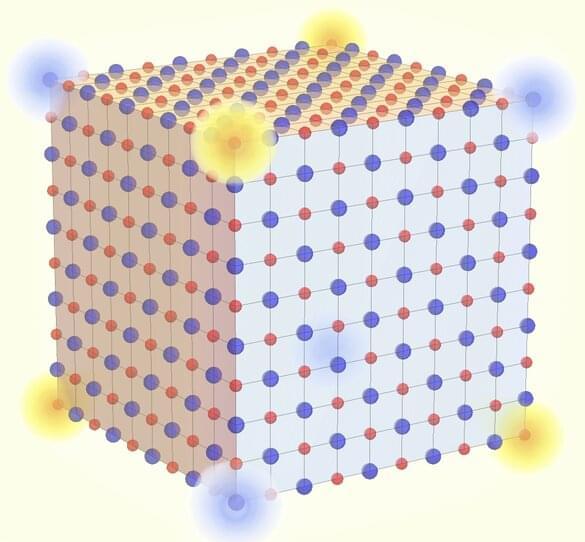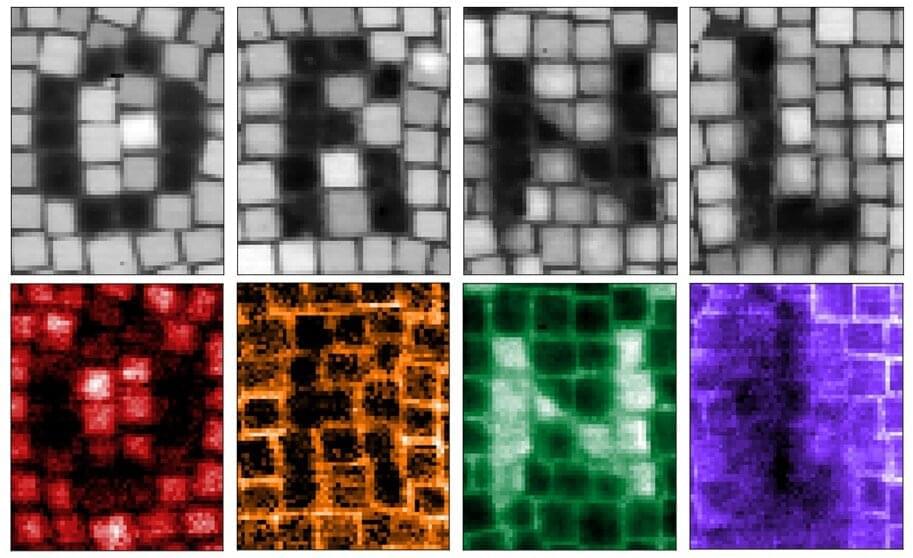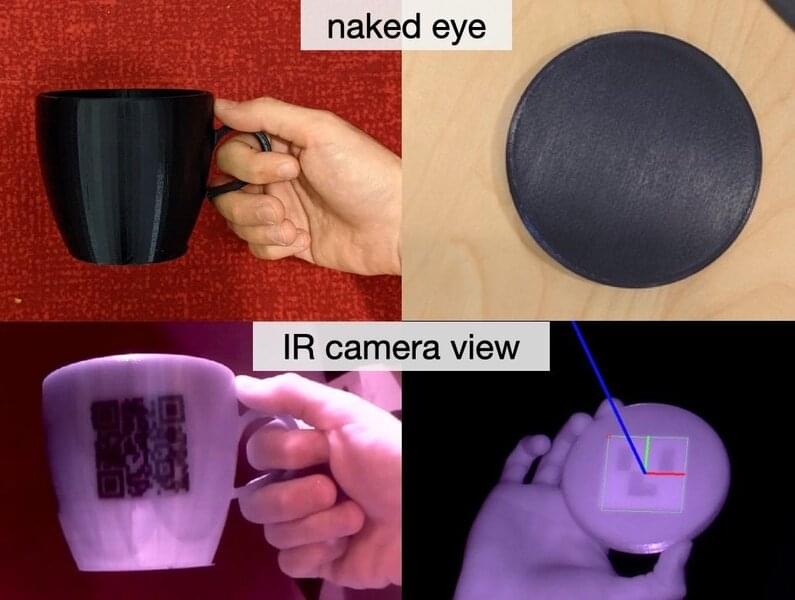The $100m jet is fair game, in international waters. “It’s the Hunt for Red October meets The Abyss.”
64x Bio comes out of the Harvard Department of Genetics. CEO Lex Rovner and her team — which right now, sits around 10 people — are looking to tackle a key hurdle for major companies: manufacturing cell and gene therapies.
Rovner met Church while getting her PhD at Yale, and went on to do a postdoctoral research fellowship in his lab, and, when talking to folks in the industry, found a massive viral vector manufacturing bottleneck that wasn’t being talked about.
After a seed funding round and the company’s launch in 2020, it made some noise in the industry, particularly as Covid-19 made bottleneck issues more visible. There’s a waitlist to get a vector from manufacturers, and not much of a solution to the problem.
Minor spoilers ahead. This video covers Matrix Resurrections, the Matrix Franchise, and their top 10 future technologies.
► BlockFi: Get Up To $250 In Bitcoin: https://bit.ly/3rPOf1V
► Jarvis AI: Write 5x Faster With Artificial Intelligence: https://bit.ly/3HbfvhO
► M1 Finance: Open A Roth IRA And Get Up To $500: https://bit.ly/3KHZvq0
► Udacity: 75% Off All Courses (Biggest Discount Ever): https://bit.ly/3j9pIRZ
► Business Ideas Academy: Start A Business You Love: https://bit.ly/3KI7B1S
SOURCES:
• https://research.aimultiple.com/artificial-general-intellige…ty-timing/
• https://www.scientificamerican.com/article/do-we-live-in-a-s…50-50/
• https://www.scientificamerican.com/article/confirmed-we-live-in-a-simulation/
• https://www.simulation-argument.com/matrix2.html.
• https://u.osu.edu/vanzandt/2018/04/18/ancestor-simulations/
• https://iep.utm.edu/solipsis/
• https://www.nickbostrom.com/superintelligence.html.
• https://in.askmen.com/tech-news/1111981/article/scientists-d…-the-brain.
• https://futurism.com/darpa-is-planning-to-hack-the-human-bra…oad-skills.
• https://www.iqsdirectory.com/resources/what-can-we-expect-fr…he-future/
• https://www.lightfieldlab.com/
• https://www.bbc.com/news/technology-53921596
• https://www.bbc.com/news/technology-49606027
• https://www.zdnet.com/article/brain-hacking-is-the-next-big-…-the-mind/
• https://futurism.com/hacking-the-human-brain-new-tech-could-make-it-a-reality.
• https://en.wikipedia.org/wiki/Superintelligence.
▶️ RECOMMENDED PLAYLISTS:
Future Technologies: https://youtube.com/playlist?list=PLiUrMrgIdon8afD1EtG3_mabSHLrfdKZJ
Technology Trends: https://youtube.com/playlist?list=PLiUrMrgIdon_H3FbJQFXqnjlyOYdHpY9q.
Business Tech: https://youtube.com/playlist?list=PLiUrMrgIdon-SUSL_8YQpO1Kqgsf5ZzyM
Business Innovation Tutorials: https://youtube.com/playlist?list=PLiUrMrgIdon97qKW3TaPO9TqC6U3zVC3W
Business Strategy Tutorials: https://youtube.com/playlist?list=PLiUrMrgIdon87F3Ads27NkSy47apAcOIH
💡 On this channel, I explain the following concepts:
Carolyn Hartz, a 70-year-old woman, was like most individuals on the planet. She couldn’t get enough of sweets. And she wasn’t afraid to gorge herself on desserts for four decades. But then she made the decision to make a substantial lifestyle shift. She also made the decision to eliminate all processed sugar from her diet.
Today, three decades later, Carolyn appears to be much younger than she has ever been. She has a fantastic physique that many women all over the world would lust over. Even at her advanced age, she has the confidence to go to the beach in a bikini like any other young lady. Her skin also appears to be in excellent condition.
It’s all because she made the decision to change her lifestyle choices, she claims. She believes that it is never too late to change one’s life. All you have to do is make the decision to improve your life.
A SpaceX Falcon 9 second stage is on course to collide with the Moon. Here’s how you can see it on its journey.
In recent years, computer-generated animations of animals and humans have become increasingly detailed and realistic. Nonetheless, producing convincing animations of a character’s face as it’s talking remains a key challenge, as it typically entails the successful combination of a series of different audio and video elements.
A team of computer scientists at TCS Research in India has recently created a new model that can produce highly realistic talking face animations that integrate audio recordings with a character’s head motions. This model, introduced in a paper presented at ICVGIP 2021, the twelfth Indian Conference on Computer Vision, Graphics and Image Processing, could be used to create more convincing virtual avatars, digital assistants, and animated movies.
“For a pleasant viewing experience, the perception of realism is of utmost importance, and despite recent research advances, the generation of a realistic talking face remains a challenging research problem,” Brojeshwar Bhowmick, one of the researchers who carried out the study, told TechXplore. “Alongside accurate lip synchronization, realistic talking face animation requires other attributes of realism such as natural eye blinks, head motions and preserving identity information of arbitrary target faces.”
Humans experience the world in three dimensions, but a collaboration in Japan has developed a way to create synthetic dimensions to better understand the fundamental laws of the universe and possibly apply them to advanced technologies.
They published their results on January 28, 2022 in Science Advances.
“The concept of dimensionality has become a central fixture in diverse fields of contemporary physics and technology in past years,” said paper author Toshihiko Baba, professor in the Department of Electrical and Computer Engineering, Yokohama National University. “While inquiries into lower-dimensional materials and structures have been fruitful, rapid advances in topology have uncovered a further abundance of potentially useful phenomena depending on the dimensionality of the system, even going beyond the three spatial dimensions available in the world around us.”
A joint research team from the Hong Kong University of Science and Technology (HKUST) and the University of Tokyo discovered an unusual topological aspect of sodium chloride, commonly known as table salt, which will not only facilitate the understanding of the mechanism behind salt’s dissolution and formation, but may also pave the way for the future design of nanoscale conducting quantum wires.
There is a whole variety of advanced materials in our daily life, and many gadgets and technology are created through the assembly of different materials. Cellphones, for example, adopted a combination of many different substances—glass for the monitor, aluminum alloy for the frame, and metals like gold, silver and copper for their internal wiring. But nature has its own genius way of ‘cooking’ different properties into one wonder material, or what is known as ‘topological material’.
Topology, as a mathematical concept, studies what aspects of an object are robust under a smooth deformation. For instance, we can squeeze, stretch, or twist a T-shirt, but the number its openings would still be four so long as we do not tear it apart. The discovery of topological phases of matter, highlighted by the 2016 Nobel Prize in Physics, suggests that certain quantum materials are inherently a combination of electrical insulators and conductors. This could necessitate a conducting boundary even when the bulk of the material is insulating. Such materials are neither classified as a metal nor an insulator, but a natural assembly of the two.
Drilling with the beam of an electron microscope, scientists at the Department of Energy’s Oak Ridge National Laboratory precisely machined tiny electrically conductive cubes that can interact with light and organized them in patterned structures that confine and relay light’s electromagnetic signal. This demonstration is a step toward potentially faster computer chips and more perceptive sensors.
The seeming wizardry of these structures comes from the ability of their surfaces to support collective waves of electrons, called plasmons, with the same frequency as light waves but with much tighter confinement. The light-guiding structures are measured in nanometers, or billionths of a meter—100,000 times thinner than a human hair.
“These nanoscale cube systems allow extreme confinement of light in specific locations and tunable control of its energy,” said ORNL’s Kevin Roccapriore, first author of a study published in the journal Small. “It’s a way to connect signals with very different length scales.”
If you download music online, you can get accompanying information embedded into the digital file that might tell you the name of the song, its genre, the featured artists on a given track, the composer, and the producer. Similarly, if you download a digital photo, you can obtain information that may include the time, date, and location at which the picture was taken. That led Mustafa Doga Dogan to wonder whether engineers could do something similar for physical objects. “That way,” he mused, “we could inform ourselves faster and more reliably while walking around in a store or museum or library.”
The idea, at first, was a bit abstract for Dogan, a 4th-year Ph.D. student in the MIT Department of Electrical Engineering and Computer Science. But his thinking solidified in the latter part of 2020 when he heard about a new smartphone model with a camera that utilizes the infrared (IR) range of the electromagnetic spectrum that the naked eye can’t perceive. IR light, moreover, has a unique ability to see through certain materials that are opaque to visible light. It occurred to Dogan that this feature, in particular, could be useful.
The concept he has since come up with—while working with colleagues at MIT’s Computer Science and Artificial Intelligence Lab (CSAIL) and a research scientist at Facebook—is called InfraredTags. In place of the standard barcodes affixed to products, which may be removed or detached or become otherwise unreadable over time, these tags are unobtrusive (due to the fact that they are invisible) and far more durable, given that they’re embedded within the interior of objects fabricated on standard 3D printers.


